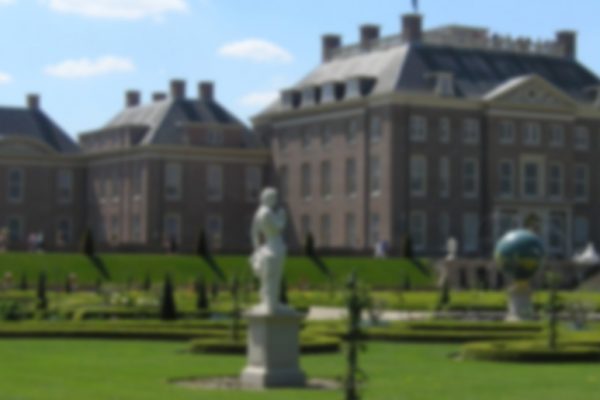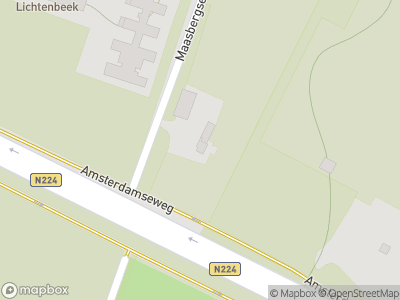The Lichtenbeek Estate was owned in the Late Middle Ages by the Mariëndaal Monastery and has been privately owned since the 17th century. The country house that once stood here burnt to the ground in 1942 leaving only the coach house and the orangery intact. The surviving elements are still open to the public.
Mariëndaal Monastery
The higher areas to the north of Arnhem have been popular as dwelling places since time immemorial. This is demonstrated, for example, by a number of burial mounds in the immediate vicinity that are 4,000 years old. In 1392, Mariëndaal Monastery took possession of the land around Amsterdamseweg road making it the first dependency of the famous Windesheim Monastery near Zwolle, inspired by the ideas of the famous theologist Geert Groote. Chastity, simplicity and poverty was the motto.
Lichtenbeek Estate
Under the pressure of the Reformation, Mariëndaal was dissolved in 1580, and the land passed intoprivate ownership. The area mainly comprised oak coppice woods and heathland. In 1651, an estate was established here, probably with a house and a park with straight avenues and trimmed hedges. Wells were dug on the heathland to provide a brook from which ponds and water features could be created, which is where the estate gets its name from: Lichtenbeek (‘beek’ being the Dutch word for ‘brook’).
Fire and War
In 1834, the estate was bought by Jan Trakranen. He expanded his property by acquiring the neighbouring Boschveld Estate and built the new Lichtenbeek House. During the Second World War it was occupied by Mill Hill missionaries, who had been driven out of their monastery in Schaarsbergen by the occupying German forces. In April 1942, the house burned to the ground, not as a result of the war, but because one of the residents had accidentally started a fire. There was still heavy fighting on the estate by September 1944, and shrapnel in the trees and filled-in trenches still serve as a reminder of that time. In the meantime, ownership of the estate had passed to Het Geldersch Landschap national heritage foundation. The coach house and the orangery, a farm, an old garden wall and two ornamental vases at the entrance to the estate have survived.














